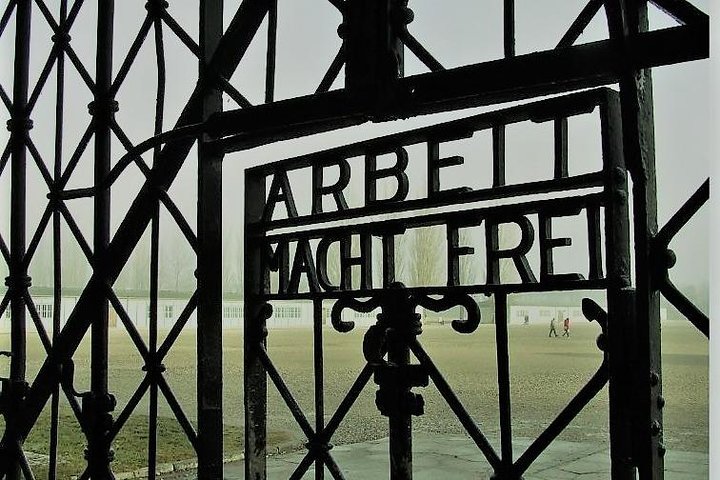Exploring Munich’s Shadows: A Journey Through History’s Darkest Chapter
As a former professor of European history, I was drawn to Munich’s complex past. The Munich Walking Tour offered a profound exploration of the city’s darkest chapter, weaving history into the present.
A Walk Through Munich’s Dark Past
As a former university professor of European history, I have always been drawn to the stories that cities tell through their architecture and streets. Munich, with its rich and complex history, has long been on my list of places to explore in depth. The Munich Walking Tour promised a journey into the heart of the city’s darkest chapter, and I was eager to see how the past is woven into the fabric of the present.
Our guide, Josh, began the tour with a solemn reminder: “What we are going to talk about is heavy.” His words set the tone for a thoughtful exploration of the 12 years of the Third Reich, a period that left indelible marks on Munich. As we walked through the city, Josh skillfully placed these years in context, highlighting how Hitler’s rise was not an isolated phenomenon but part of a broader antisemitic trend that had plagued Europe for centuries.
The tour took us to pivotal historical sites, each with its own story to tell. From the square where the failed 1923 putsch took place to the building where the Munich Agreement was signed, each location was a reminder of the city’s complex past. Josh’s use of large A5 binders filled with historical documents and photographs brought these stories to life, offering a tangible connection to the past.
Hidden Stories and Unseen Symbols
One of the most fascinating aspects of the tour was the uncovering of lesser-known stories and symbols hidden within the city. Josh shared anecdotes that added depth to our understanding of the era, such as the alley used by anti-Hitler residents to avoid giving the Nazi salute. These small acts of resistance, though often overlooked, were powerful reminders of the courage and defiance that existed even in the darkest times.
Josh’s narrative was enriched by his use of historical documents, including striking images of the White Rose resistance movement and original photographs of Nazi-era buildings. Two documents, in particular, left a lasting impression on me: an inventory sheet of human transports to Auschwitz and a 1933 vote form with Hitler’s name. These artifacts served as stark reminders of the bureaucratic machinery of extermination and the chilling reality that Hitler was elected by ordinary voters.
The tour was not without its lighter moments, as Josh interspersed his narrative with humor and personal anecdotes. His ability to balance the gravity of the subject matter with moments of levity made the experience both engaging and thought-provoking.
A City Confronting Its Past
As we continued our walk, Josh made a compelling case for how modern Germany is confronting its difficult past. He highlighted the various ways in which the country is addressing its Nazi history, from educational tours and monuments to exhibitions and public discourse. This commitment to remembrance and education is evident in the number of international students who visit Germany to learn from its history.
Perhaps the most powerful moment of the tour was one that could not be captured in a photograph. As we rounded a corner, we were met with the sight of the Israeli consulate, its Star of David flag fluttering in front of what was once Hitler’s headquarters. This juxtaposition of symbols was a poignant reminder of the resilience and enduring spirit of those who suffered under the Nazi regime.
The Munich Walking Tour was a deeply moving experience that offered a nuanced understanding of Munich’s history. It is a journey that I highly recommend to anyone interested in exploring the complexities of the past and how they continue to shape the present. However, due to the subject matter, it may not be suitable for children under 12 or those unprepared for a three-hour walk. For those ready to engage with history in a meaningful way, this tour is an invaluable opportunity to reflect on the lessons of the past and the importance of remembrance.






















































